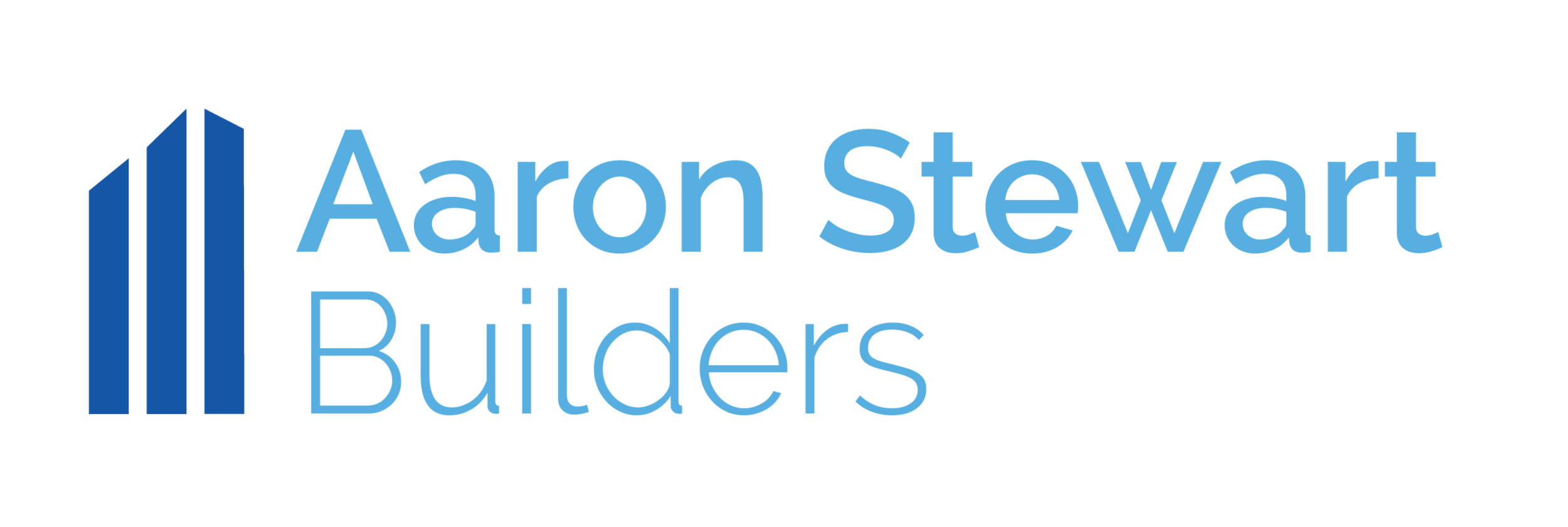Energy efficient & passive processes
Energy efficient building is at the heart of what we do.
There are a range of techniques that can be implemented to make your new or renovated home more energy efficient.
The team at Aaron Stewart Builders were building high performing homes before they became well-known. We know what needs to be done and we do it with care and skill, with seamless communication.
We focus on both energy efficient and passive homes. Passive homes have been certified to the New Zealand Passive Home Standard and have the appropriate signoffs to gain this certification throughout the build process. Energy efficient homes utilise the same processes and methods as passive homes but have not been through the same official signoff process.
There are a number of elements and applications that contribute to your energy efficient home or renovation. While your project may not utilise all of these, this list will provide you with an understanding of the techniques we utilise to increase your energy efficiency while decreasing your carbon footprint and energy costs.
Airtightness
Airtightness is central to creating an energy efficient build and it is also an indicator of construction quality. Our team understand the interaction and balance required to construct an airtight building with a healthy indoor environment, while also ensuring a robust, ‘breathable’ thermal envelope.
Ventilation systems
Well-designed ventilation ensures a comfortable and fresh feeling in your home. Mechanical ventilation may be suitable for your project and is the easiest way to provide a temperate home in hot and cool climates.
Windows and doors
High-performing windows and doors are an important component to get right in your project. The team at Aaron Stewart Builders can advise you on the best windows for your project, taking into consideration the frame materials as well as optimal thermal performance and airtightness.
Application of insulation and thermal bridges
In an energy efficient home, all components of the building envelope must be well-insulated. Insulation comes in numerous forms, from batts to straw bales and SIP panels to vacuum panels. In Canterbury we usually opt for green bats due to their cost and ease-of-use. Aarons Stewart Builders has experience in planning edges, corners, connections and penetrations to avoid thermal bridges that allow warm or cool air to escape.
Hot water, heating and cooling systems
Energy efficient projects often have smaller heating and cooling systems than people expect. There are many different options available, such as heat pumps, direct electric or boilers. Oversizing the system can be a waste of energy and money. Energy efficient homes do not require as much heating or cooling, so keeping the heating system small and responsive drives better outcomes.
Advice on form factor
The complexity of a building’s thermal envelope can have a significant effect on insulation. An elaborate home with a large thermal envelope will transmit more heat per usable area, something we try and minimise. A complex shape will involve more junctions that increase the difficulty and cost of your project.
The team at Aaron Stewart Builders can work with you and your designer to help ensure an optimal form for your project.
Ideal positioning for your site
While energy efficient projects are not dependent on solar gains to achieve thermal comfort, they still benefit from careful consideration, due to the impact of sun paths and shading. The aim is to ensure that any solar gains will make positive contributions towards energy efficiency without the risk of overheating.




